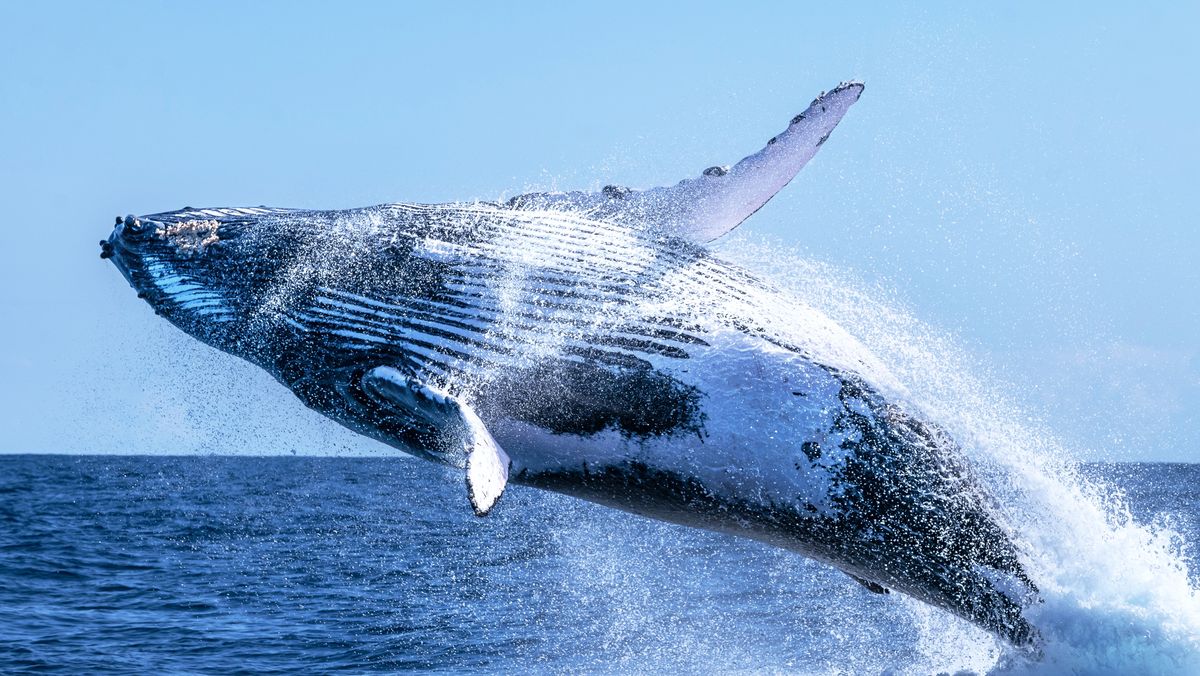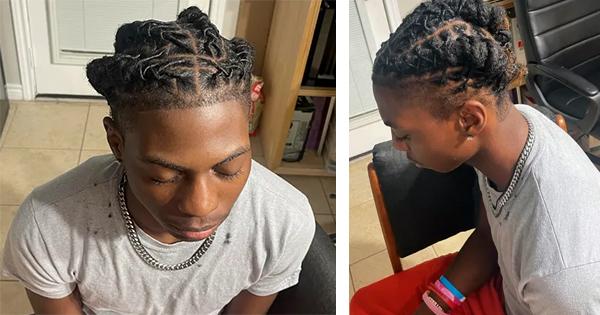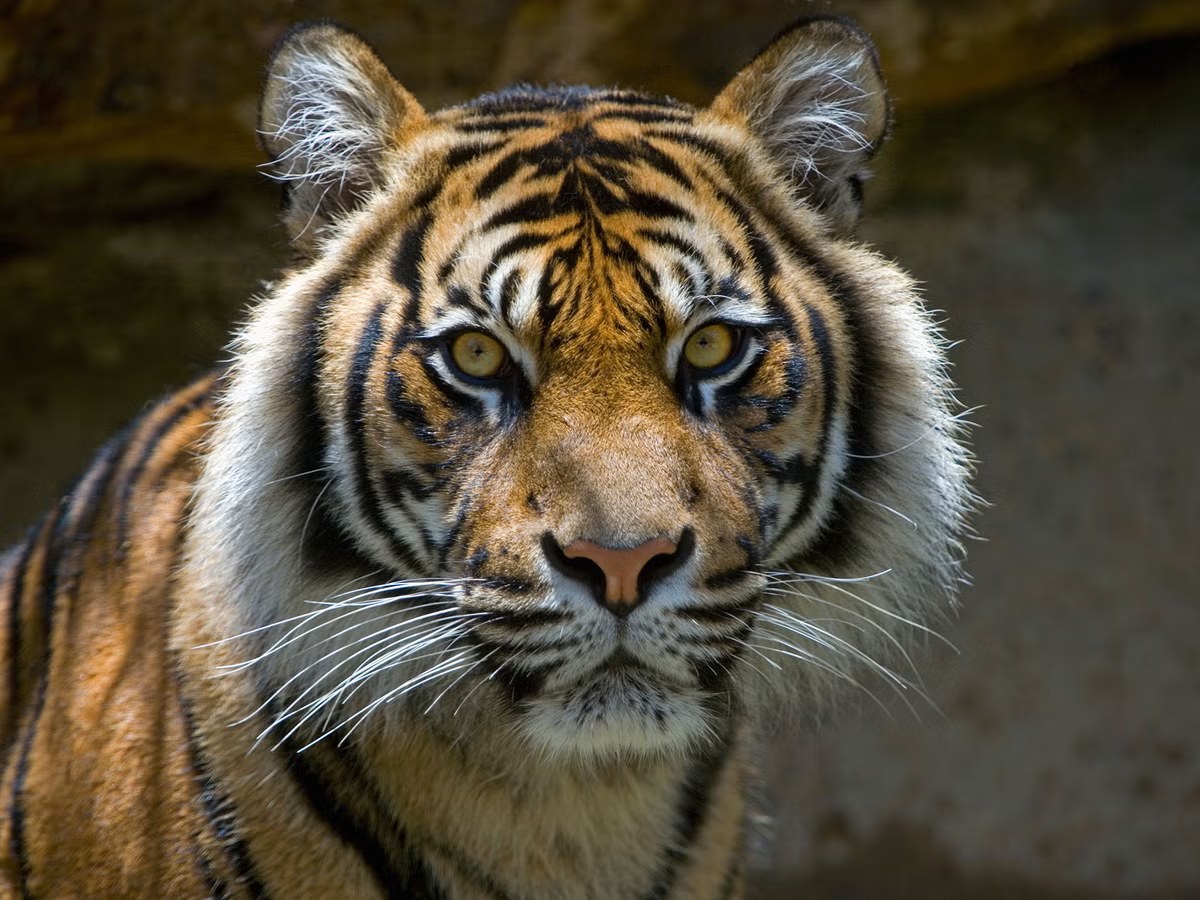Soft fruits may have been a main dish for some ancient primates. Analysis of hundreds of fossilized primate teeth only shows a handful of fractured teeth, researchers report Dec 13th in the American journal Biological Anthropology. So few chipped teeth suggests the animals more often consumed easy to chew foods like fruits rather than harder objects such as seeds or nuts that could inflict damage on the teeth. More than four-hundred analyzed teeth belonging to five primate generations including Propliopithecus, Apidium and Aegyptopithecus. They are each around 29 million to 35 million years old.
Fossils that old date to a time when the last common ancestor of apes, including humans, says Ian Towle. A dental anthropologist at Centro Nacional de Investigación sobre la Evolución Humana en Burgos, Spain.
When examining dental damage from millions of years ago that might have been caused by food “it gives insight into our own evolution, our own dietary changes through time.”he says. While at the University of Otago in New Zealand, Towle and his colleagues counted fractures that could be seen to the naked eye. Just 21 teeth, about 5% were chipped.
Towle says. Species like the Sooty Mangabey, a forest-dwelling monkey, that regularly eat hard food might have fractures on as many as half of their teeth. For species like chimpanzees that consume mostly soft food such as insects as well as fruit, less than 10 percent may be chipped. What’s more, two Propliopithecus individuals had cavities, the researchers found. The presence of tooth decay suggests that the soft food of choice may have been sweet fruits. Primate diets might not have diversified to include nuts and seeds until late.
Previous work analyzing tooth shape and wear has suggested that the Apidium and Aegyptopithecus ate hard items instead of softer ones, Towle says. Tooth shape can differentiate between leaf- and fruit-based diets, and microscopic damage can show only what an animal ate in its last few weeks or months of life. Chipping on the tooth can last years or decades before visibly wearing away.









































